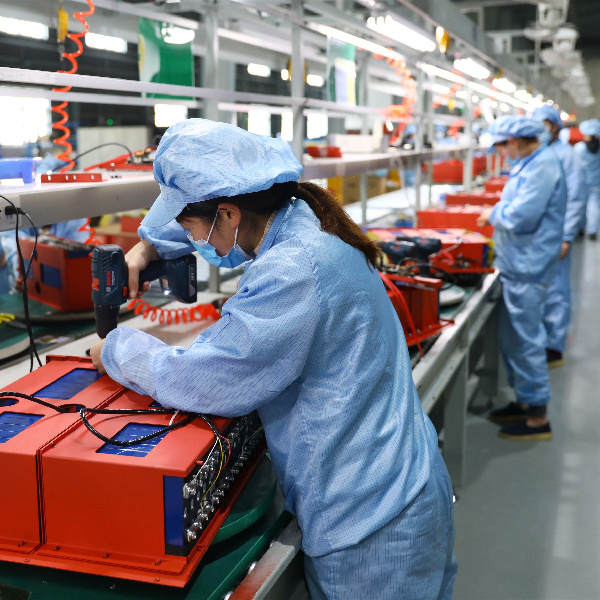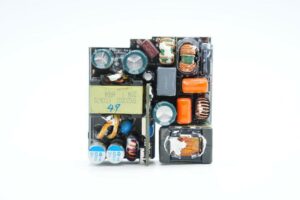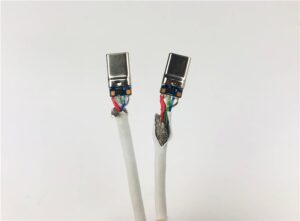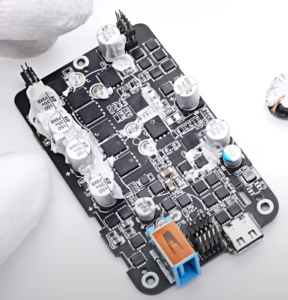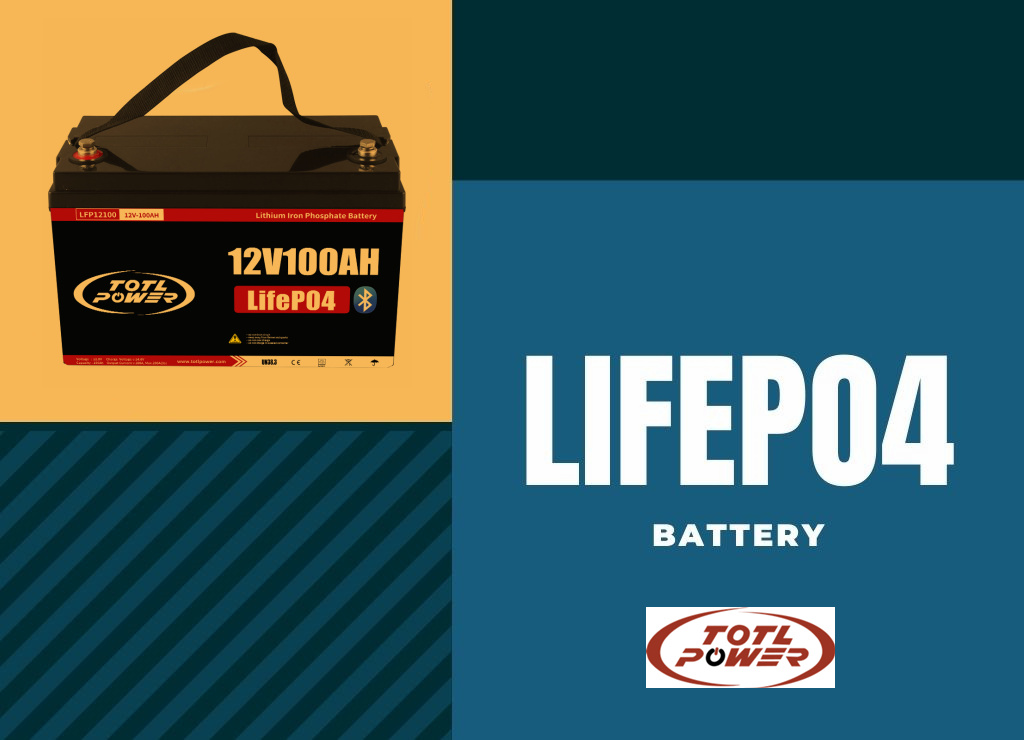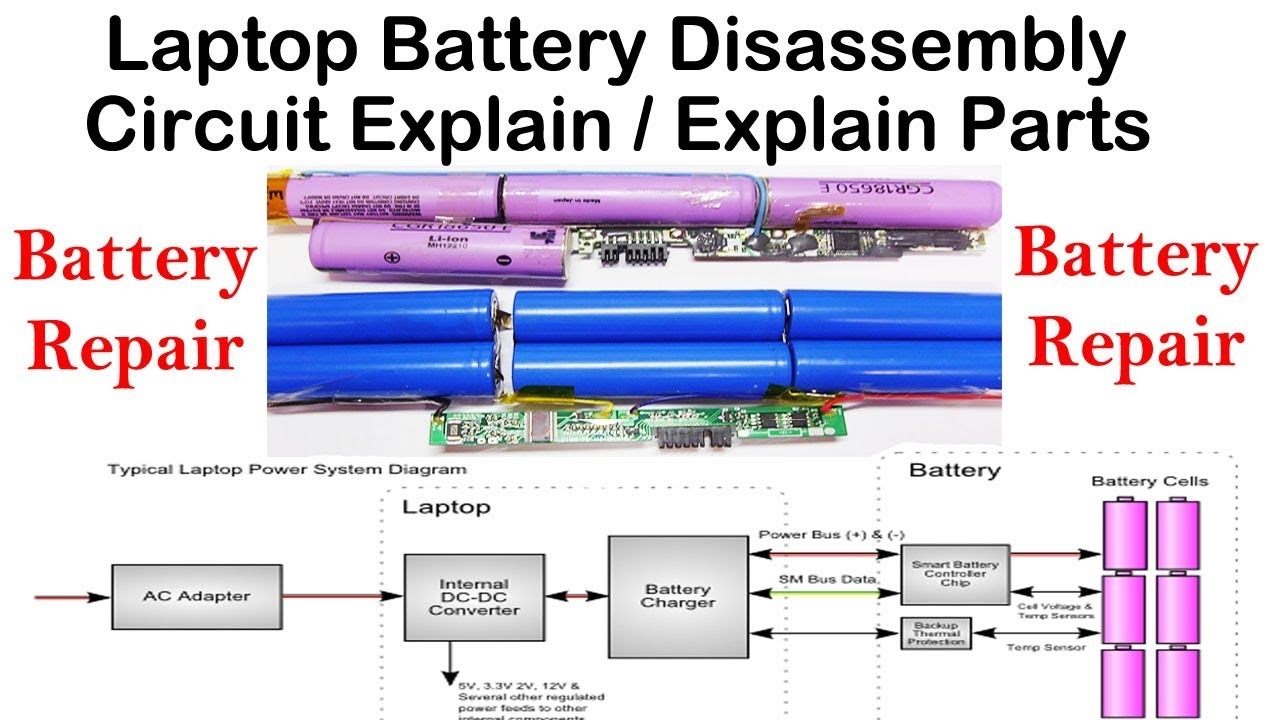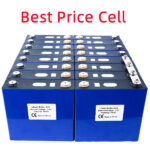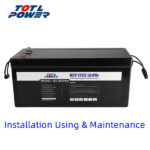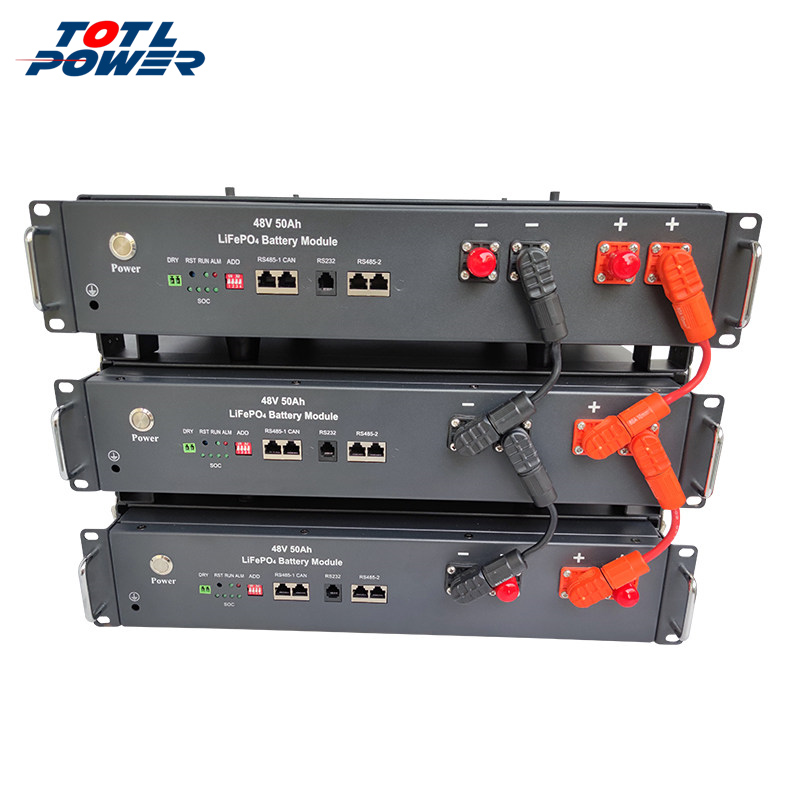Lithium Battery Capacity Grading
Lithium Battery capacity grading refers to the process of determining the amount of energy a battery can store and deliver. This grading is essential for ensuring that batteries meet the specified performance standards and meet the requirements of various applications. The following are the steps involved in battery capacity grading:


- Design Specification: The first step is to determine the design specifications of the battery. This includes the required capacity, voltage, energy density, and discharge rate.
- Testing Procedure: The next step is to establish a standardized testing procedure that will be used to evaluate the performance of the battery. This includes the setup of test equipment, measurement techniques, and data acquisition systems.
- Sample Preparation: The next step is to prepare a representative sample of batteries for testing. This may involve selecting a random sample of batteries from the production line or testing a subset of batteries from a larger batch.
- Capacity Testing: The capacity testing is performed by discharging the battery at a specified rate and measuring the voltage and current during the discharge process. The capacity is calculated based on the amount of energy that is delivered during the discharge process.
- Data Analysis: The data from the capacity testing is analyzed to determine the performance of the battery. This may involve calculating the average capacity, capacity distribution, and other relevant parameters.
- Grading: The final step is to assign a grade to the battery based on its performance. This may involve comparing the results to the design specifications and determining if the battery meets the required standards. The grading process may also involve defining different grades based on performance, such as “A Grade,” “B Grade,” or “C Grade.”
These steps are critical for ensuring that batteries are accurately and consistently graded based on their performance and that they meet the requirements of various applications.
Lithium Battery Laser Welding Process and Advantages
Lithium Battery Laser welding is a common method used in battery pack assembly for joining metal components together.
Process:
- Preparation: The components to be welded are cleaned and positioned accurately.
- Alignment: The laser beam is aligned to the desired welding position using laser optics.
- Welding: The laser beam is focused onto the surface of the components, generating heat that melts the metal and fuses the components together. The laser power and duration of the beam are controlled to achieve the desired welding quality and strength.
- Cooling: After the welding is completed, the components are allowed to cool naturally or with forced cooling, depending on the desired final properties of the weld.
It is important to note that laser welding is a complex process that requires careful control of the laser beam and the components being welded. A skilled operator and proper equipment are essential for achieving consistent, high-quality results.
If you are considering implementing laser welding in your battery pack assembly process, it is recommended to seek the assistance of experts in the field who can help you choose the appropriate equipment and set up the process correctly.

Advanatages:
Laser welding offers several advantages over traditional welding methods in battery pack assembly:
- Precision: Laser welding allows for precise and accurate welding of small and intricate components, making it ideal for joining battery cells and other small components in battery packs.
- Speed: Laser welding is a fast process, allowing for higher production rates compared to other welding methods.
- Repeatability: The use of laser technology enables consistent and repeatable results, reducing the risk of defects and improving the overall quality of the battery packs.
- Minimal Heat-Affected Zone (HAZ): The small focused beam size of the laser results in a small heat-affected zone, reducing the risk of damaging sensitive battery components or altering their properties.
- Cleanliness: Laser welding generates minimal fumes and spatter, reducing the need for cleaning and post-weld treatment, which is especially important in the assembly of batteries where cleanliness is crucial.
- Flexibility: Laser welding can be used for a variety of materials, including metals and alloys, making it a versatile option for battery pack assembly.
In conclusion, laser welding can provide significant benefits in terms of precision, speed, repeatability, minimal heat-affected zone, cleanliness, and flexibility compared to traditional welding methods, making it a popular choice in battery pack assembly.
Lithium Battery Cell Detection
Lithium (LiFePO4 or LFP) batteries are a type of rechargeable battery that are commonly used in various applications, including electric vehicles and solar energy storage systems. To check the health of a LiFePO4 battery cell, the following methods:
- Voltage measurement: You can measure the voltage of each cell in the battery using a multimeter. A fully charged LiFePO4 cell should measure around 3.2-3.3 volts. If the voltage is significantly lower than this range, it may indicate that the cell is damaged or near the end of its life.
- Load test: This test involves applying a load to the battery and measuring its voltage and current output. A load tester or a specialized battery analyzer to perform this test.
- Visual inspection: Inspect the battery for signs of damage, such as swelling, leaks, or corrosion. This can indicate that the battery is damaged and needs to be replaced.
- Capacity test: Measure the battery’s ability to hold a charge by performing a capacity test. A specialized battery analyzer to perform this test.

Lithium Battery PACK Assembly
The assembly process for a lithium-ion battery typically involves the following steps:
- Cells Paper Pasting
- Cells Laser Welding
- High Precision BMS Testing
- Battery Pack Assembly
- Battery Pack Aging
- Battery Pack Comprehensive Testing
